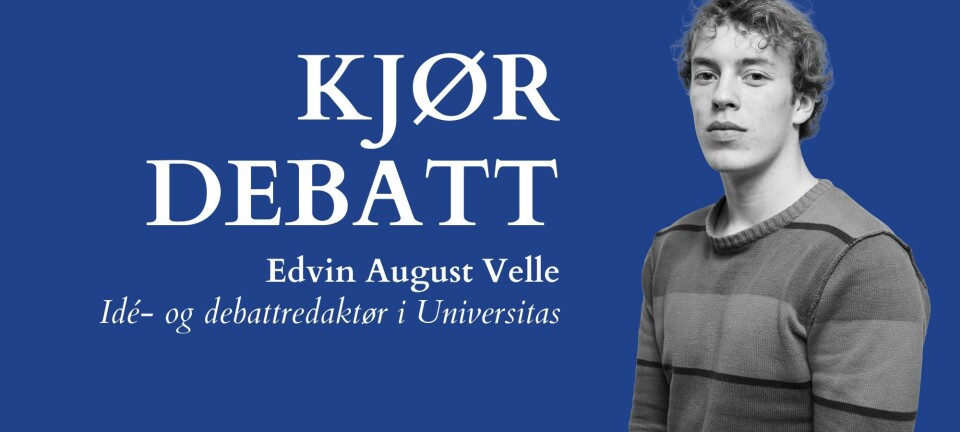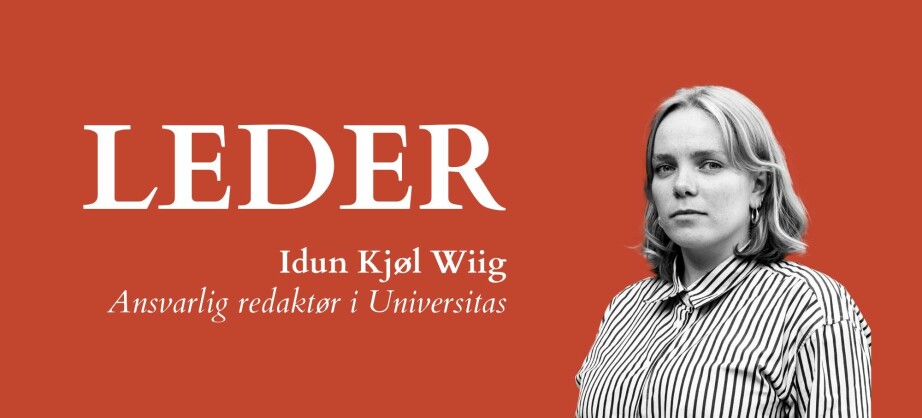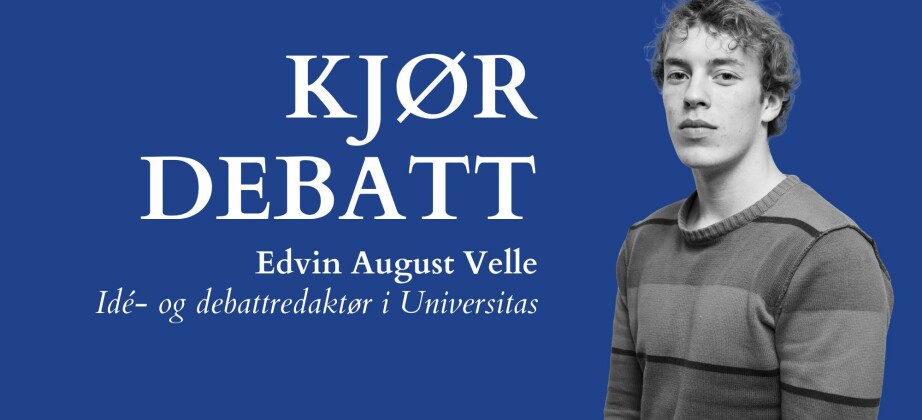American grade inflation causes unfair prioritization
The American and the European grading system are seemingly similar, but an A in the USA incomparable to an A in Norway.


–The European students might draw the shortest straw when it comes to the job application process Tor Bang, teacher at BI Norwegian School of Management
– Employers should emphasize the actual studies at good universities and not the grades the students obtained there, says Trond Petersen, professor at University of California Berkeley.
When it comes to job application Petersen thinks the grades of a student from the American educational system is incomparable to the grades of a student from the European educational system.
– The quality reform of 2003 in Norway created a system in which grades should be distributed relatively compared to each other on a national scale. This is not how it works in the USA. In this system you will get a grade based on your performance related to an absolute level, says Arnt J. Maasø, associate professor at the Department of Media and Communication at the University of Oslo.
Petersen says that at the better American universities the grades are set higher, and this causes a grade inflation by the best universities.
– This reflects the positive attitude Americans have toward most things. Everything in the USA is «great», also the students, and therefore they pretty much have to get good grades, says Petersen.
Different grade scale
There is also a different number of pass grades in the Norwegian and the American system. The American system operates with three different size orders for each grade.
– This will probably result in the average grade automatically becoming higher in the USA that in Norway, says Tor Bang, teacher at the Department of Communication, Culture and Languages by BI Norwegian School of Management in Oslo.
Bang thinks the good grades might be easier to obtain in the USA and presumes that there is no common knowledge about this in the business community in Norway.
– The scales are so similar that it is almost impossible to see the difference unless you really know them. The European students might draw the shortest straw when it comes to the job application process, says Bang.
Uncertainty in the business community
– I was not aware of any differences in these systems, and I would consider a Norwegian and an American application on the same level, says Ole Dahl, contact for the Statnett trainee program.
Kjerstin Bakke, Statnett section leader, was not aware of the differences either.
– I do not really stress top grades when I look at applications, but I have not been aware of the specific differences in these grading systems, says Bakken. Ministry of Foreign Affairs (UD) is specifically interested in recruiting candidates who have studied abroad. When it comes to UD´s aspirant course, there are several things that count in the evaluation: Good grades, academic background and extracurricular activity.
– We consider A and B good grades, says Lars Andersen, section manager in UD.
Andersen says an individual and approximate evaluation of the candidates is done, an evaluation that includes which American university the bachelor degree is finished at.
If a student applies to a Master´s degree in Norway with an American Bachelor degree as a foundation for the application, there is no official conversion table to compare the applicant to applicants with Norwegian Bachelor´s degrees.
Supplement in the application
Maasø thinks it is important that Norwegian students are aware of how the various grade systems work, so they can inform an employer of the differences.
– The employers´ knowledge about these differences will probably vary, but there are more employers aware of the differences now than when the reform was new in 2003, says Maasø.
All Norwegian students can receive an international diploma supplement, a supplement that explains the reasons for the given grade. Study director at the University of Oslo Monica Bakken says that she is aware of the problem and that it is usual to look at which university the diploma is from, while Norway is supposed to look at this consistently.
– This means we meet a challenge when it comes to how the Norwegian diplomas are received compared to the American ones, says Bakken.
































